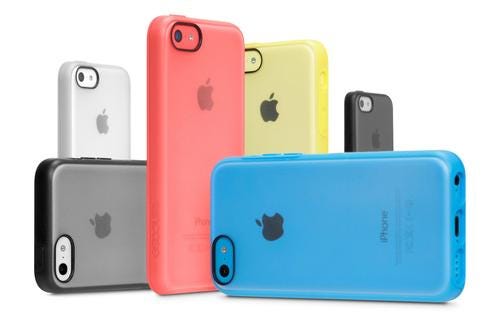How to Successfully Design Plastic Parts 14466
August 25, 2016

Injection-molded plastic part design is a lot like parenting.
The job falls into your lap, you have zero qualifications, and yet, you are supposed to do it perfectly while blindfolded. It's difficult to lunge forward with confidence when you are building on a poor foundation.
The result is that you proceed with the project with a "learn-as-you-go" approach. Even so, there's still opportunity to avoid common mistakes, make smart decisions, and release a smart, young, well-prepared injection-molded part into the universe, ready to make a big impact and change the world.

The Void
There are engineering schools that offer an exclusive plastics track, but they aren't numerous. Furthermore, a "track," is an optional route at the tail end of your curriculum as opposed to a core/required course. Most engineering schools address plastics in material science classes, but this aims to understand materials at a microscopic level -- learning their bonding structure, and the behavior you can expect from a part made of plastic.
There are two important components of plastic part design that are absent in most engineering curricula: mold design and plastic part design. Mold design includes the part cavity, run time, gate diameter, cooling channels, cycle time, and the general mechanics of manufacturing a plastic part.
The other missing component is plastic part design -- understanding the form that part must assume for proper manufacturing.
To clarify: I'm not criticizing the schools, just identifying a void. There's simply so much engineering theory to cover in four years, and students are simply hoping to get through engineering school with some breath still left in them.
 3D Printing's Brave New World. Ann Thryft will lead a panel discussion on one of the hottest topics in manufacturing: 3D printing. Come hear "3D Printing: The Brave New World of Manufacturing" at the Embedded Systems Conference, Sept. 21-22, 2016 in Minneapolis. Register here for the event, hosted by Design News’ parent company, UBM.
3D Printing's Brave New World. Ann Thryft will lead a panel discussion on one of the hottest topics in manufacturing: 3D printing. Come hear "3D Printing: The Brave New World of Manufacturing" at the Embedded Systems Conference, Sept. 21-22, 2016 in Minneapolis. Register here for the event, hosted by Design News’ parent company, UBM.
Moving on to industry, upper management is blind to this void. They aren't approaching each designer and questioning our knowledge of our craft. They are making the assumption that, "Yes, you are an engineer, and obviously this task, plastic part design, lands in your territory. You know how to do this."
Insert deer-in-headlights expression.

Learn-As-You-Go
There are four key sources for learning plastic part design, listed here in order of increasing impact:
Networking with other engineers
Touring an injection molding facility (local and overseas)
Talking to a toolmaker
Looking at "bad" parts (design flaws)
I've learned the most from bad parts. I'll share-- some design tips with you that are fundamentals, and I'll also share some tips on how to enhance the product beyond simply function and form.
Furthermore, you'll find that the best/smartest designs are all around (your desk and chair even), so look for inspiration. My favorite plastic design right now is the Cuisinart ice cream maker. It's a reminder that the things we engineer should be smart, simplified, and easy to use/operate.
Perhaps you aren't designing a consumer product.
The real message is that the smartest designs are actually very simple and have creative features to get the job done. Don't look only to other plastic designs. You can apply all of your knowledge about things you already know, such as sheet metal. A lot of the principles can be applied in plastics.
About the Author(s)
You May Also Like


.jpg?width=300&auto=webp&quality=80&disable=upscale)


